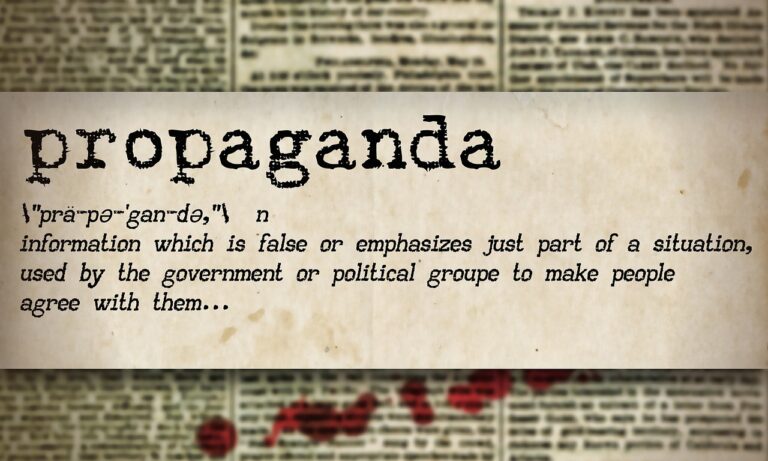Promoting Culturally Responsive Teaching in Science Education: Incorporating Real-World Contexts and Applications
Culturally diverse students often face challenges in science education due to a lack of representation and relevancy in the curriculum. Many science textbooks and teaching materials predominantly focus on examples and contexts that may not resonate with students from different cultural backgrounds. This can lead to disengagement and a feeling of exclusion among these students, impacting their interest and performance in science subjects.
Moreover, language barriers and communication difficulties can pose additional obstacles for culturally diverse students in understanding scientific concepts and engaging effectively with the material. Without adequate support and accommodations, these students may struggle to comprehend complex scientific terminology and principles, further widening the achievement gap in science education. Strategies aimed at addressing these challenges and promoting inclusivity in science classrooms are crucial to ensuring that all students have equal opportunities to succeed in their scientific education.
Understanding the Importance of Cultural Relevance in Science Teaching
Cultural relevance in science teaching plays a crucial role in ensuring that all students, regardless of their background, can engage meaningfully with the subject. By incorporating diverse cultural perspectives into science education, educators can create a more inclusive and equitable learning environment that resonates with students from different cultural backgrounds. This approach not only helps to foster a sense of belonging and identity among culturally diverse students but also enhances their interest and motivation in learning science.
When science teaching is culturally relevant, it allows students to see the connections between scientific concepts and their own lives, making the content more accessible and engaging. By drawing on students’ cultural knowledge and experiences, educators can help bridge the gap between abstract scientific concepts and real-world applications, making learning more interactive and relevant. Additionally, culturally relevant science teaching promotes critical thinking skills and encourages students to explore how science interacts with various cultural practices and beliefs, fostering a deeper understanding of the subject.
Strategies for Incorporating Real-World Contexts in Science Education
To make science education more relevant for culturally diverse students, incorporating real-world contexts into the curriculum is essential. This approach helps students connect theoretical concepts to their everyday lives, making learning more engaging and meaningful. By using real-world examples and problems, educators can show the practical applications of scientific knowledge, sparking students’ interest and fostering a deeper understanding of the subject matter.
Furthermore, integrating diverse cultural perspectives into science teaching not only promotes inclusivity but also enriches the learning experience for all students. By incorporating multicultural references, stories, and examples into lessons, educators can create a more inclusive and welcoming learning environment. This approach not only helps students from different cultural backgrounds see themselves reflected in the curriculum but also promotes mutual respect and understanding among classmates.
• By using real-world examples and problems, educators can show the practical applications of scientific knowledge
• Sparking students’ interest and fostering a deeper understanding of the subject matter
• Integrating diverse cultural perspectives into science teaching promotes inclusivity and enriches the learning experience for all students
• Incorporating multicultural references, stories, and examples creates a more inclusive and welcoming learning environment
• Helps students from different cultural backgrounds see themselves reflected in the curriculum
• Promotes mutual respect and understanding among classmates
Why is it important to incorporate real-world contexts in science education?
Incorporating real-world contexts in science education helps students see the relevance of what they are learning to their everyday lives. It also helps them make connections between scientific concepts and the world around them.
How can teachers address the challenges faced by culturally diverse students in science education?
Teachers can address the challenges faced by culturally diverse students by incorporating culturally relevant examples, incorporating students’ backgrounds and experiences into the curriculum, and fostering a supportive and inclusive learning environment.
What are some strategies for incorporating real-world contexts in science education?
Some strategies for incorporating real-world contexts in science education include using real-life examples and case studies, engaging students in hands-on experiments and projects, connecting scientific concepts to current events, and involving guest speakers from various industries.
How can teachers ensure that their science lessons are culturally relevant?
Teachers can ensure that their science lessons are culturally relevant by incorporating diverse perspectives, using culturally specific examples and references, and being mindful of the backgrounds and experiences of their students. It is also important to create a safe and inclusive learning environment where all students feel valued and respected.







